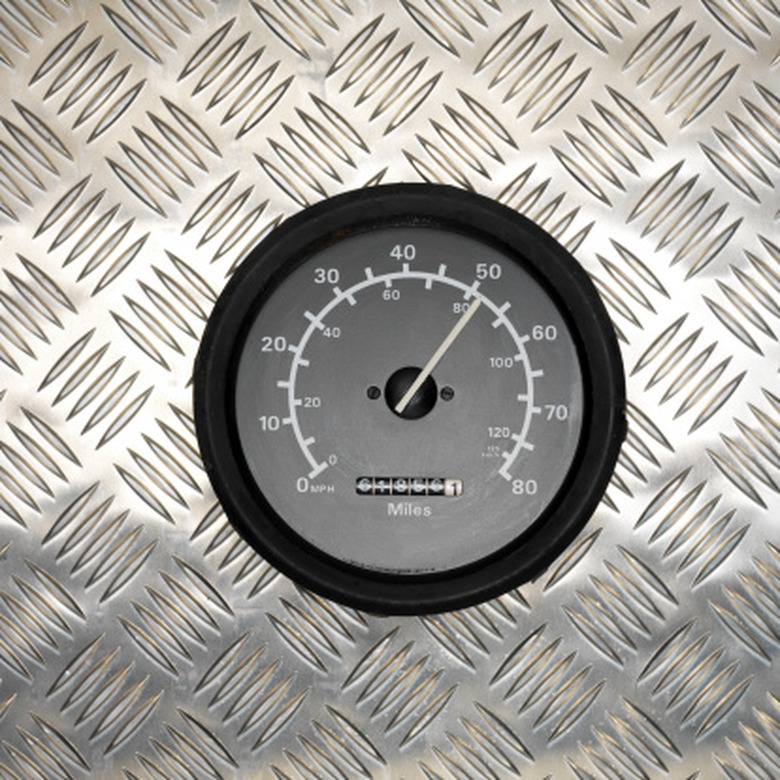Difference Between Force And Velocity
Force and velocity are two related but different concepts in basic physics. Their relationship is one of the first things that physics students learn about, as part of their study of Newton's laws of motion. Although velocity does not specifically appear in Newton's laws, acceleration does, and acceleration is a measure of a change in velocity.
Force
Force
In physical science, a force is something that acts on an object by pushing or pulling it. If the force is strong enough, it changes the position or shape of the object. Forces such as friction, air resistance and simple physical contact touch the object directly, while forces like gravity, magnetism and electrostatics act on the object from a distance. Force is a vector quantity, meaning you can measure both its strength and its direction. The formula to find the measure of a force is force = mass times acceleration, written as f = ma.
Velocity
Velocity
When an object is moving, one way to measure how fast it is moving is by finding its velocity, which is the rate at which it is changing position. Like force, velocity is a vector quantity, so it includes direction. To find the average velocity of an object, divide the change in its position by the time the movement took, and state its direction. For example, if a car is driving north and in one hour's time it travels 30 miles, its velocity is 30 miles per hour, north.
Difference
Difference
Force and velocity are connected concepts — one acts on the other. Force is a measure of power. It makes things happen. Velocity, on the other hand, is a quality an object has. Apply force to an object, and its velocity changes. This does not work the other way around — you cannot apply velocity to an object and change its force. Velocity does not act on an object. A force pushes or pulls on an object, but velocity is simply something an object has.
Application
Application
Every object has velocity at every moment. If the object is not moving, its velocity is zero. According to Newton's first law of motion, without a force acting on an object, its velocity does not change. Any change in an object's velocity is called acceleration, which is the "a" in f = ma. Unless the object is moving in a vacuum, there are always forces acting on it, and all these forces added together are called the net force. The net force acts on an object to change its velocity and cause acceleration.
Cite This Article
MLA
Mitchell, Stephanie. "Difference Between Force And Velocity" sciencing.com, https://www.sciencing.com/difference-between-force-velocity-8620764/. 24 April 2017.
APA
Mitchell, Stephanie. (2017, April 24). Difference Between Force And Velocity. sciencing.com. Retrieved from https://www.sciencing.com/difference-between-force-velocity-8620764/
Chicago
Mitchell, Stephanie. Difference Between Force And Velocity last modified August 30, 2022. https://www.sciencing.com/difference-between-force-velocity-8620764/

